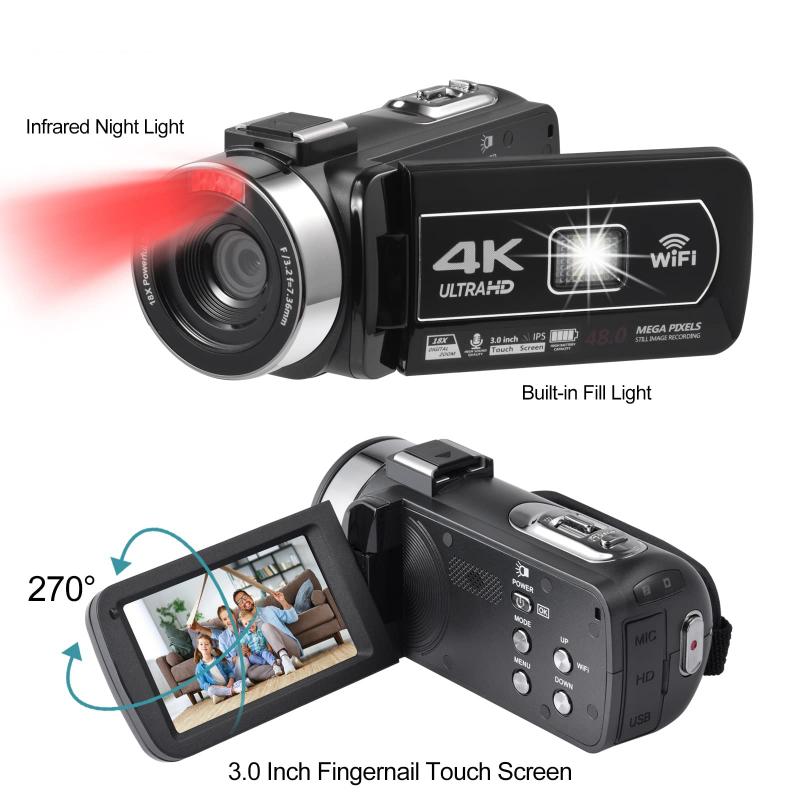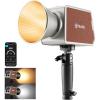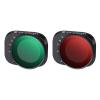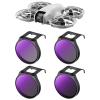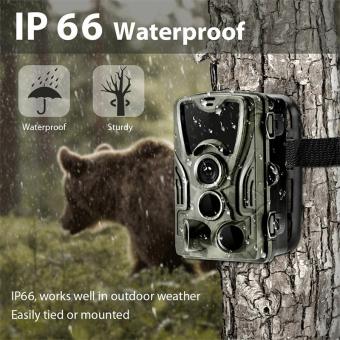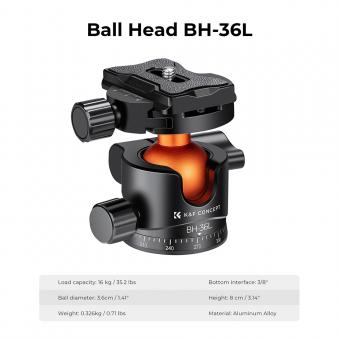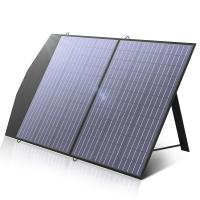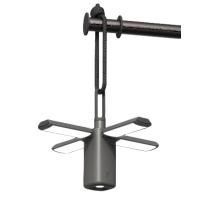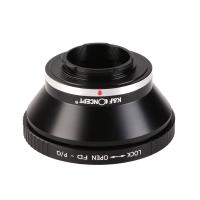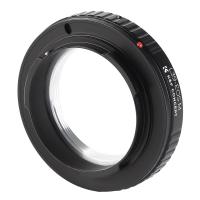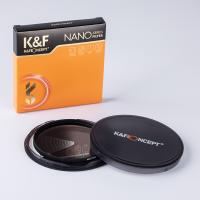Why Are My Vhs-c Camcorder Video Tapes Jumpy ?
There could be several reasons why your VHS-C camcorder video tapes are jumpy. One possibility is that the tapes themselves are damaged or worn out, leading to playback issues. Another reason could be a problem with the camcorder's playback mechanism, such as dirty or misaligned heads, which can cause the video to appear jumpy. Additionally, if the tapes were not recorded properly or if there were issues during the recording process, it can result in jumpy playback. It is also worth considering the quality of the VHS-C camcorder itself, as lower-quality or older models may have limitations that can affect the smoothness of the video playback.
1、 Tracking issues
If your VHS-C camcorder video tapes are jumpy, the most likely cause is tracking issues. Tracking refers to the alignment of the video heads with the tape. If the tracking is off, the video will appear jumpy or distorted. This can be caused by a number of factors, including dirty or worn video heads, a damaged tape, or a misaligned tape transport mechanism.
One possible cause of tracking issues is dirty or worn video heads. Over time, the video heads in your camcorder can become dirty or worn, which can cause them to lose their ability to read the tape properly. This can result in jumpy or distorted video. To fix this issue, you can try cleaning the video heads with a cleaning tape or by using a soft cloth and some isopropyl alcohol.
Another possible cause of tracking issues is a damaged tape. If the tape has been damaged or is worn out, it may not be able to maintain proper contact with the video heads. This can cause the video to appear jumpy or distorted. In this case, the only solution may be to transfer the video to a new tape or to a digital format.
Finally, a misaligned tape transport mechanism can also cause tracking issues. If the tape transport mechanism is not properly aligned, the tape may not be able to maintain proper contact with the video heads. This can cause the video to appear jumpy or distorted. To fix this issue, you may need to have your camcorder serviced by a professional.
In conclusion, if your VHS-C camcorder video tapes are jumpy, the most likely cause is tracking issues. This can be caused by dirty or worn video heads, a damaged tape, or a misaligned tape transport mechanism. To fix this issue, you can try cleaning the video heads, transferring the video to a new tape or digital format, or having your camcorder serviced by a professional.

2、 Dirty playback heads
One possible reason why your VHS-C camcorder video tapes are jumpy is due to dirty playback heads. The playback heads are responsible for reading the magnetic signals on the tape and converting them into video and audio signals that can be played back on a TV or computer. Over time, these heads can become dirty or clogged with dust, dirt, or other debris, which can cause the video to appear jumpy or distorted.
To fix this issue, you can try cleaning the playback heads using a cleaning tape or a soft cloth and some isopropyl alcohol. Simply insert the cleaning tape into the camcorder and let it run for a few minutes to remove any dirt or debris from the heads. Alternatively, you can use a soft cloth and some isopropyl alcohol to gently clean the heads manually.
It's worth noting that VHS-C camcorder video tapes are an outdated technology, and it may be difficult to find replacement parts or repair services for them. If cleaning the playback heads doesn't solve the problem, it may be time to consider transferring your old tapes to a digital format, such as DVD or digital files, to preserve your memories for the future. There are many companies that offer this service, or you can do it yourself with a VHS-to-digital converter.
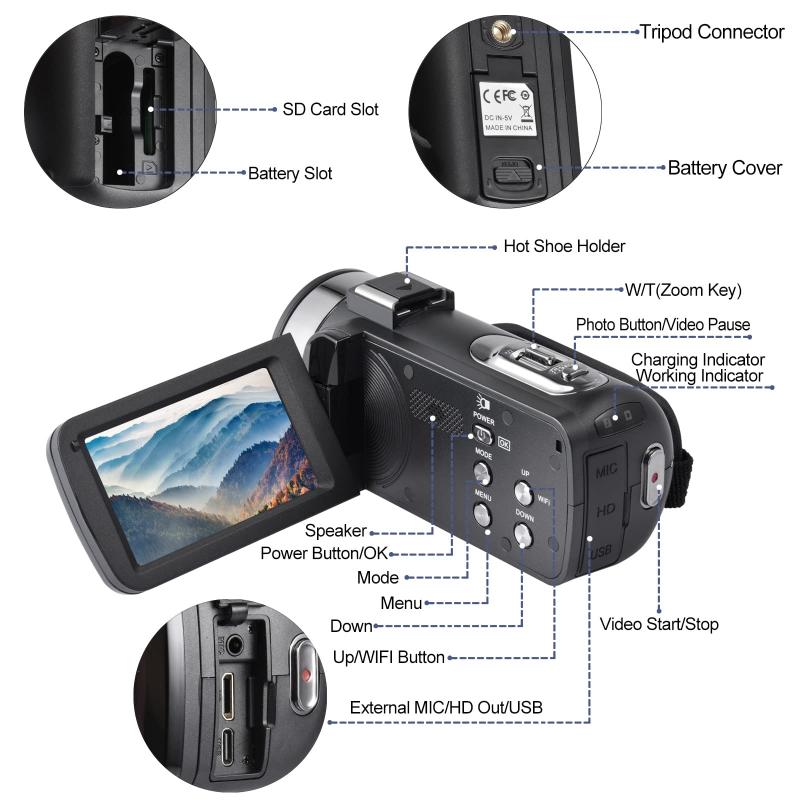
3、 Worn-out tape
One possible reason why your VHS-C camcorder video tapes are jumpy is that the tape itself may be worn out. Over time, the magnetic particles on the tape can become less effective at storing and retrieving information, leading to glitches and dropouts in the video playback. This can be exacerbated by factors such as exposure to heat, humidity, or dust, as well as repeated use and rewinding of the tape.
Another possible factor to consider is the condition of the camcorder itself. If the heads or other components of the camcorder are dirty or damaged, this can also affect the quality of the video playback. In some cases, it may be possible to clean or repair the camcorder to improve the playback quality, but this can be a complex and time-consuming process.
In addition to these technical factors, it's also worth considering the age and format of the tapes themselves. VHS-C tapes were a popular format in the 1980s and 1990s, but they are now considered outdated and may be difficult to find or play back on modern equipment. If you are experiencing issues with your VHS-C tapes, it may be worth considering transferring them to a digital format for easier playback and preservation.
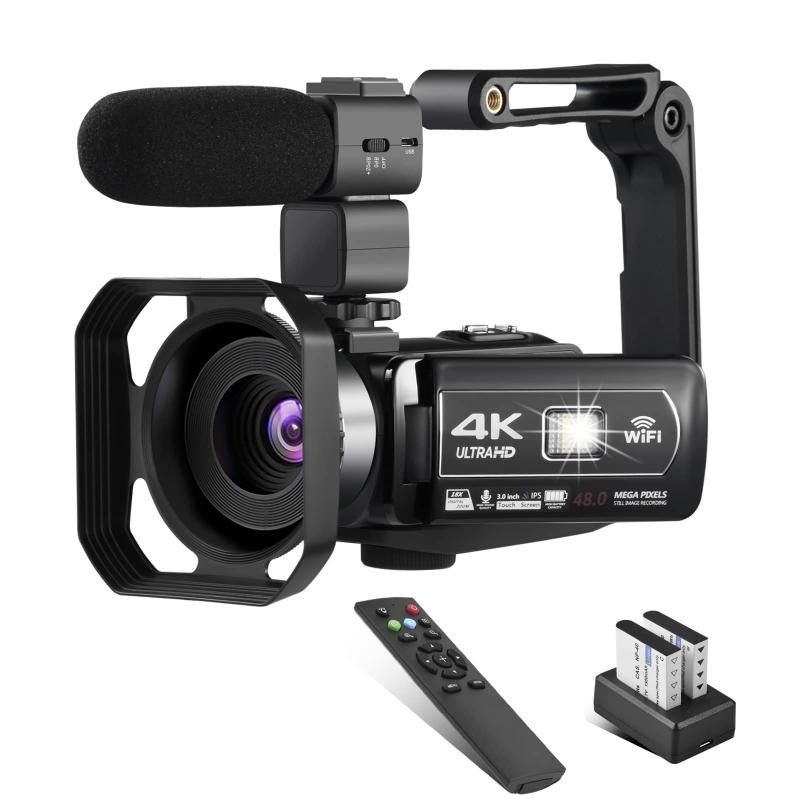
4、 Improper storage conditions
If your VHS-C camcorder video tapes are jumpy, the most likely cause is improper storage conditions. VHS-C tapes are susceptible to damage from heat, humidity, and magnetic fields, which can cause the tape to warp or become misaligned. This can result in a jumpy or distorted image when played back.
To prevent this from happening, it is important to store your VHS-C tapes in a cool, dry place away from direct sunlight and magnetic sources. Avoid storing them in damp basements or attics, and keep them away from electronic devices such as speakers or televisions.
Another factor that can contribute to jumpy video is the age of the tape itself. Over time, the magnetic particles on the tape can degrade, causing the image to become distorted or even disappear altogether. If your tapes are more than 20 years old, it may be time to transfer them to a digital format to preserve the footage.
In addition to proper storage and transfer, it is also important to handle your VHS-C tapes with care. Avoid touching the tape itself, as oils from your fingers can damage the magnetic coating. Always rewind the tape fully before storing it, and use a high-quality VCR or camcorder to play back the footage.
Overall, jumpy video on VHS-C tapes is usually caused by improper storage conditions or age-related degradation. By taking steps to protect and preserve your tapes, you can ensure that your memories are preserved for years to come.
